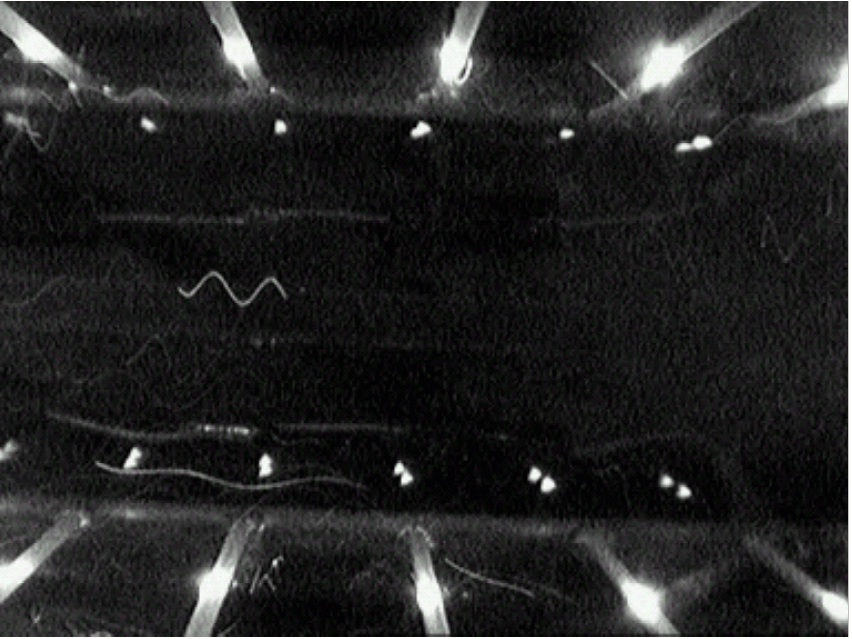
AEROSOL CHARGING IN ELECTRIC FIELD
by Anatol Jaworek, Andrzej Krupa and Marcin Lackowski
Aerosol is a two-phase medium which can be composed of solid particles or liquid drops dispersed in gas phase. In certain groups of aerosol applications charging of their particles can be required to changes their electrohydrodynamic properties and enhance efficiency of technological processes, such as electrostatic surface coating or painting, particle separation, electrostatic scrubbing, electrostatic precipitation, crop spraying, mass spectroscopy. One of the method of aerosol charging is the field charging in an ionic current and an electric field. Two types of chargers were developed: the Masuda boxer charger and alternating electric field charged devised in the Institute of Fluid Flow Machinery. In the Masuda boxer charger the ions were generated by a high frequency surface discharge while the alternating electric field of low frequency was imposed on discharge zone by additional pair of electrodes. In the alternating electric field charger the electric field was generated by two grids, forming the charging zone and the ions were emitted by a corona discharge from needle electrodes outside the grids.
Two mechanisms of aerosol particle charging are distinguished: field and diffusion charging. In both of these charging mechanisms the charge is transferred from the ionic current to the charged particle, but they differ in the mechanisms of ions flow toward the particle. In the field charging ions are accelerated towards the particle by the external electric field. The particle is charged by the ions up to the point when the charge on the particle becomes a source of such a strong electric field that it prevents subsequent ions from reaching the particle surface. In diffusion charging the movement of ions is due to their thermal energy. Only the ions of sufficiently high energy collide with the particle. Charging the particle by ion diffusion is independent of the external electric field but only the field due to the particle charge. The field mechanism dominates for particles larger than 1 m m in diameter, while for particles smaller than 0,1 m m in diameter, the diffusion mechanism is dominant. For the particles of intermediate size both of the mechanisms operate simultaneously.
The mechanisms of particle charging in the alternating electric field are investigated by the group, both experimentally and by numerical modelling.
The scheme of the charger is shown in the following figure:

Schematic diagram of the alternating electric field charger.
The electrodes of the charger were supplied from two high voltage transformers by the diode circuit as shown in the figure. The windings of the transformers are connected in such a manner as to obtain opposite sign of the potential of each grid at the same half-cycle. In the first half-cycle of the AC voltage the electrodes A and C have positive potential while the electrode B is at negative potential relative to the grounded grid D. The negative ions emitted from the electrode B are accelerated by the potential of the grid C, and flow throughout the plane of the grid D to the grid C. The ions passing through the charging zone between the grids C and D form negative space charge. Particles flowing across the charging zone are bombarded by these ions. In the second half-cycle of the AC voltage applied the whole situation is reversed, i.e., the negative ions emitted from electrode A are accelerated by the potential of the grid D, and flow throughout the plane of the grid C to the grid D. The frequency of the excitation voltage was varied between 50Hz and 300Hz.
The aerosol particle trajectories within the charger recorded by a CCD camera are shown in the following:

Aerosol particle trajectories for 12kVrms.